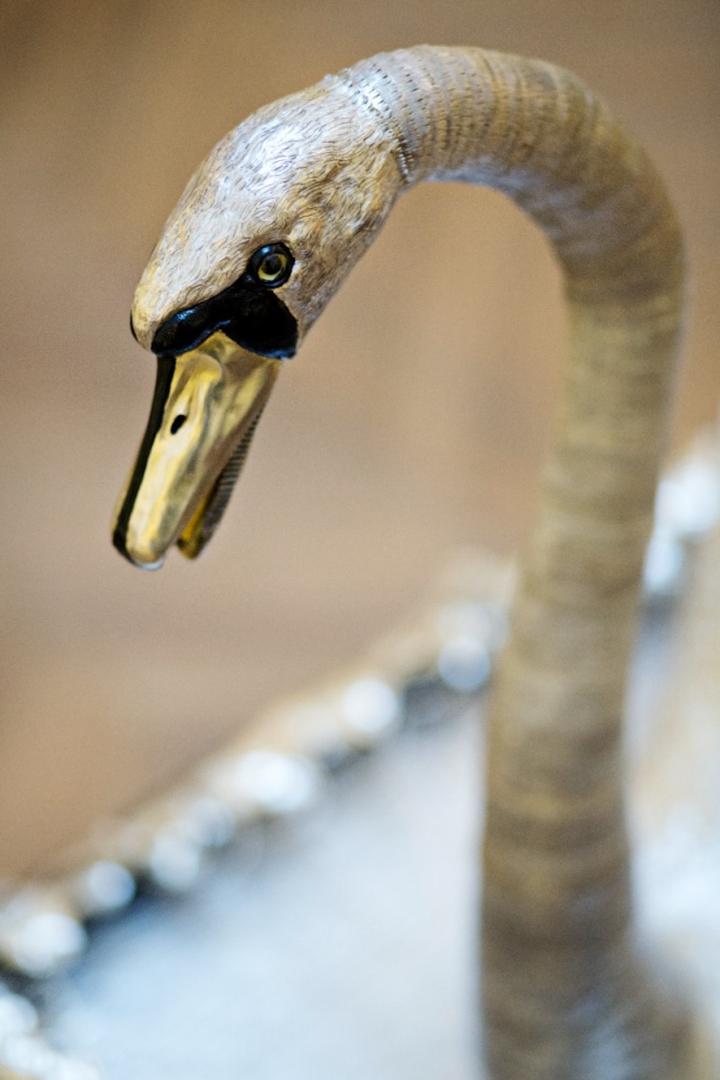SOMETHING extraordinary is coming to The Bowes Museum in Barnard Castle this July as the doors open to a landmark exhibition for the Magic of the Silver Swan.
The six-month show, part of the museum’s themed year of movement, celebrates the 250th anniversary of the swan, alongside the beauty and artistry of automata.
Objects featured will include artworks and artefacts, moving objects and images and kinetic artworks by artists, makers, designers and inventors.
As well as items from the museum’s collection, the exhibition will show items and archival material from contemporary artists Tobias Bradford, Bruce Lacey, Rebecca Moss, Helen Pailing, Kinnari Saraiya, Yinka Shonibare, Martin Smith and Cabaret Mechanical Theatre.
The Magic of the Silver Swan includes loans from national and international institutions, such as The British Museum; Science Museum; Metropolitan Museum of Arts and Crafts, Paris, Royal Collection Trust, The National Archives, Bodleian Library, Victoria Art Gallery, Kenwood House and Guildhall Library as well as private individuals.
The Silver Swan is the Museum’s most iconic object and was made in 1773 in James Cox’s workshop in London. It’s believed the inventor, Joseph Merlin, worked on the mechanism that gives the swan its graceful and realistic movements as it gently moves its head and neck, ‘swimming’ on glassy water before reaching down and catching a fish.
Inventiveness will be at the heart of the exhibition, exploring movement and kinetic art from the historical to the contemporary.
This is a celebration of automata, clockwork machines and how we can explore art through technology.
People will be able to interpret the exhibition in new and exciting ways, from experiencing a contemporary response to a historical artefact, with Kinnari Saraiya’s Bioscope, which challenges and questions the original repressive use of the object, to playfulness by making items spring into life with ten interactive works from the Cabaret Mechanical Theatre.
Placement of objects is key to the flow of the exhibition, with Joseph Merlin’s patent for a harpsichord near Performer, a modern automaton by Swedish artist Tobias Bradford featuring a prosthetic arm playing a synthesiser.
Footage of David Roentgen’s musical automaton: Queen Marie Antoinette, the Dulcimer Player, and a cello and violin designed by Merlin will be shown alongside Un Ballo in Maschera (A Masked Ball), a 2004 film by the Turner Prize nominated Yinka Shonibare.
Charles Babbage’s Difference Engine, the forerunner of the modern-day computer, will be on display from the Science Museum along with the Rose Engine Lathe, used to make ornamental patterns on printing plates for banknotes and postage stamps.
Alongside the Silver Swan, 18th century automaton figurines, musical boxes and a collection of 19th and 20th century clockwork metalwork and tin toys from the museum’s collection will add to the magical mechanical feel of the exhibition.
The Magic of the Silver Swan exhibition runs from July 8 until January 7, 2024. For ticket information see thebowesmuseum.org.uk
ADVERTISEMENT
The magic of the Silver Swan
ADVERTISEMENT
ADVERTISEMENT
ADVERTISEMENT





